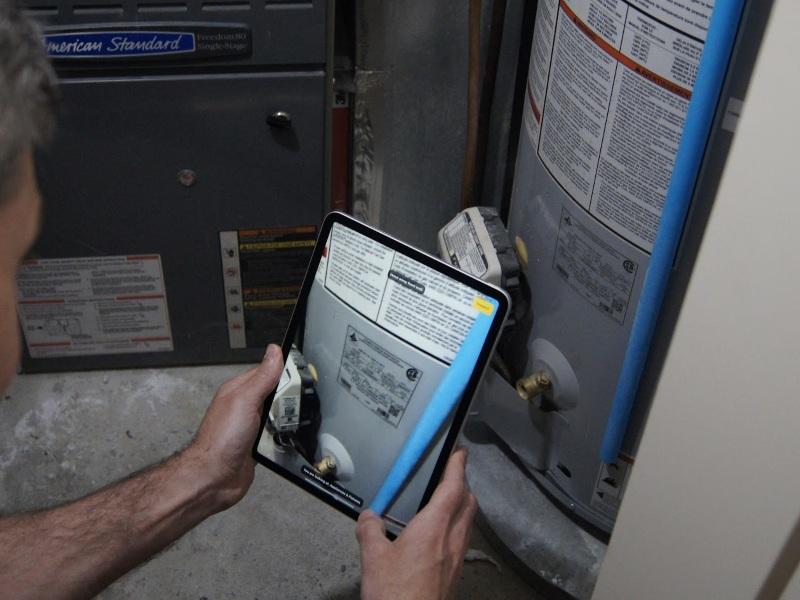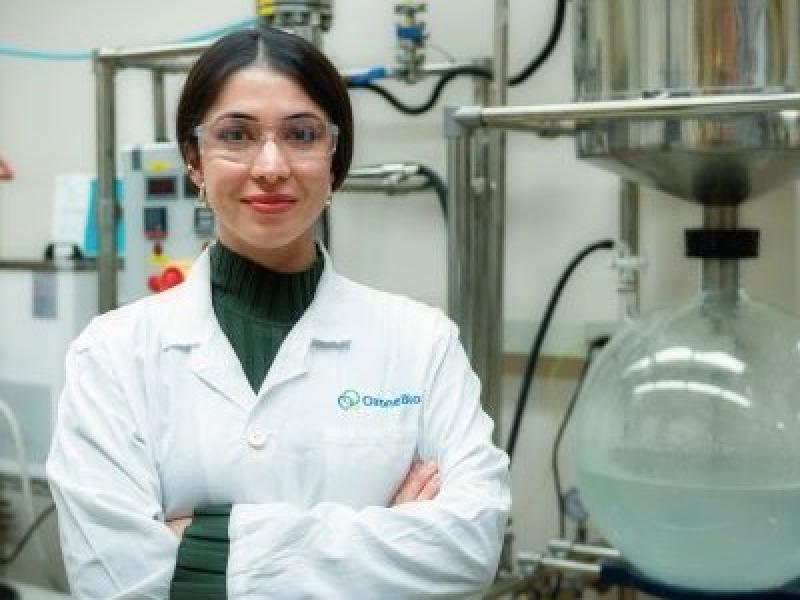
Soheil Khiavi, the co-founder of the company that became carbon capture success story Svante, has taken on the challenge of producing net-zero fuels through his latest firm Hydron Energy Inc.
A chemical engineer by trade, Khiavi worked in the oil and gas industry until he saw first hand the environmental damage it inflicted. To find a solution, he co-founded Inventys Inc., a company that was renamed Svante in 2019.
After handing off Svante to new leadership, Khiavi’s next act was co-founding and leading Vancouver-based Hydron in 2020 to generate cleaner fuels such as renewable natural gas (RNG) and hydrogen.
The intent is to provide an alternative to fossil fuels for “hard-to-decarbonize sectors: heavy transportation, shipping industry, industry altogether,” he told Sustainable Biz Canada in an interview.
The company is a “continuous story” from Svante, Khiavi said. While Svante does post-combustion carbon capture, Hydron does pre-combustion carbon capture.
Hydron has developed technology it has dubbed INTRUPTor (Intensified Regenerative Upgrading Platform Technology) to efficiently, cleanly and affordably cleanse raw gases for clean fuels.
“That is the way that you are enabling the projects that are currently not feasible,” Khiavi said. “Now we are making a similar concept to lower costs for net-zero fuels.”
How INTRUPTor works
INTRUPTor is a platform technology that refines biofuels by taking a page from our own lungs. The human respiratory system is the spark for INTRUPTor, Khiavi said, providing a blueprint for a technology that does not require high temperatures or pressure to operate.
It employs a nanomaterial that captures carbon dioxide and methane from a gas feedstock such as biogas from anaerobic digestors for RNG, or gasified woody biomass for hydrogen. The resulting product is a cleaner RNG or hydrogen fuel.
INTRUPTor could be installed in a landfill to capture biogas for conversion into RNG while sequestering the methane emissions, or in wastewater treatment plants to generate RNG from solid waste.
The platform operates in ambient conditions without the need for parts like feed compressors and vacuum pumps, reducing energy use by up to 35 per cent and carbon intensity by 25 per cent compared to its competition, Khiavi said. Operating and capital costs are also slashed by up to 50 per cent, he added.
“We are proud to say that our technology’s costs when we produce renewable natural gas from some of the sources such as a landfill or a wastewater treatment plant, our cost is close to the same cost of the price of natural gas. So we can compete with this technology even without the subsidies for natural gas.”
INTRUPTor models
Hydron offers four INTRUPTor models ranging from a mobile version that can be transported by truck, to a stationary Max version aimed at large agricultural clients.
INTRUPTor models are manufactured at Hydron’s facility in Vancouver that can currently produce five small units and one to two large units per year.
Hydron’s mobile INTRUPTor model is being demonstrated around Canada for potential clients. Khiavi’s experience with Svante informed his decision to showcase his technology early in the company's life.
“At one point early on, a lot of people said 'this is too good to be true',” Khiavi said about Svante’s carbon capture process. Doubters had their minds changed once they saw Svante’s technology in action, which he hopes to achieve with Hydron by proving its effectiveness.
Hydron will not own and operate INTRUPTor systems. Instead, it intends to sell the main components and provide licenses for the overall process, which offers flexibility for more applications, Khiavi said.
The licensees will own the core of an INTRUPTor model and will have to make or invest in the remaining parts for their specific needs.
Hydron’s funding to date and its goals
Hydron has received approximately $3 million in funding from federal, provincial and private grants, Khiavi said.
In November, the Natural Gas Innovation Fund Accelerator's Industry Grants Program and Clean Resource Innovation Network jointly awarded Hydron a nearly $1 million grant.
The funds will be used to support the transporting of Hydron’s demonstration INTRUPTor unit to different sites in Canada and help scale up INTRUPTor’s processing capacity by 10 times, which will aid in the launch of large models for major projects.
Khiavi said he wants to sell five INTRUPTor units in 2024, and its first biogas unit later this year or early next year.
He is also hoping to raise more funding to increase Hydron’s manufacturing capacity and explore INTRUPTor’s hydrogen fuel refining capability.










